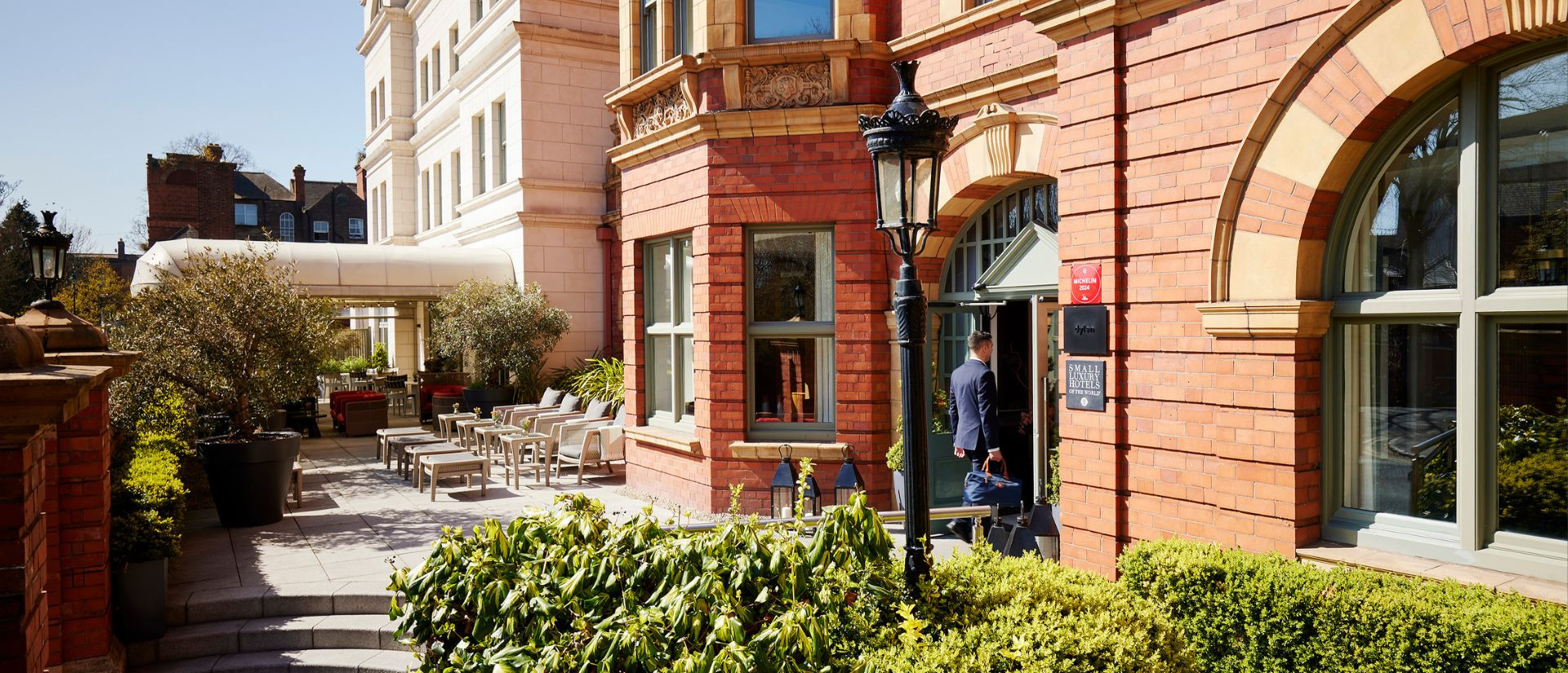Discover more about the history of Halloween and its connection to ancient Irish culture and heritage
For many, Halloween means dressing children in adorable or spooky costumes, attending festive gatherings, and indulging in sweet treats. However, this occasion has far deeper roots originating in Ireland’s medieval era, where Pagan and Celtic traditions shaped what we now know as Halloween.
October 31st was celebrated as Samhain, meaning “end of summer” marking the beginning of the darker half of the year. It was believed that on this night, the veil between the living and the dead was lifted, allowing spirits to roam freely among us.
One of the most significant links to Halloween’s origin lies in County Meath, at the Hill of Ward (Tlachtga), a site thought to be a central location for Samhain celebrations. Here, the Celts lit ceremonial fires to welcome the winter season and guide wandering spirits. Today, the Púca Festival honours this ancient tradition, connecting modern Ireland to its mystical past. Dylan Hotel is located just 1.5 hours from this historic site.
To ward off spirits, locals would disguise themselves as wild animals and carve Jack O’Lanterns from turnips. When Irish immigrants brought these customs to North America, they adapted the tradition using pumpkins, which were more readily available.
Today, this legacy lives on as children dress up and carve pumpkins in celebration of Halloween’s enduring magic and popularity across the globe. We will also have pumpkins lit on our doorstep to ward off the spirits who will roam throughout the night in Baggot Street’s neighbourhood.
Stay at Dylan Hotel, Dublins finest Boutique Hotel, and enjoy the serenity and cosy atmosphere of our leafy neighbourhood during this time.
The Dylan Hotel Team

